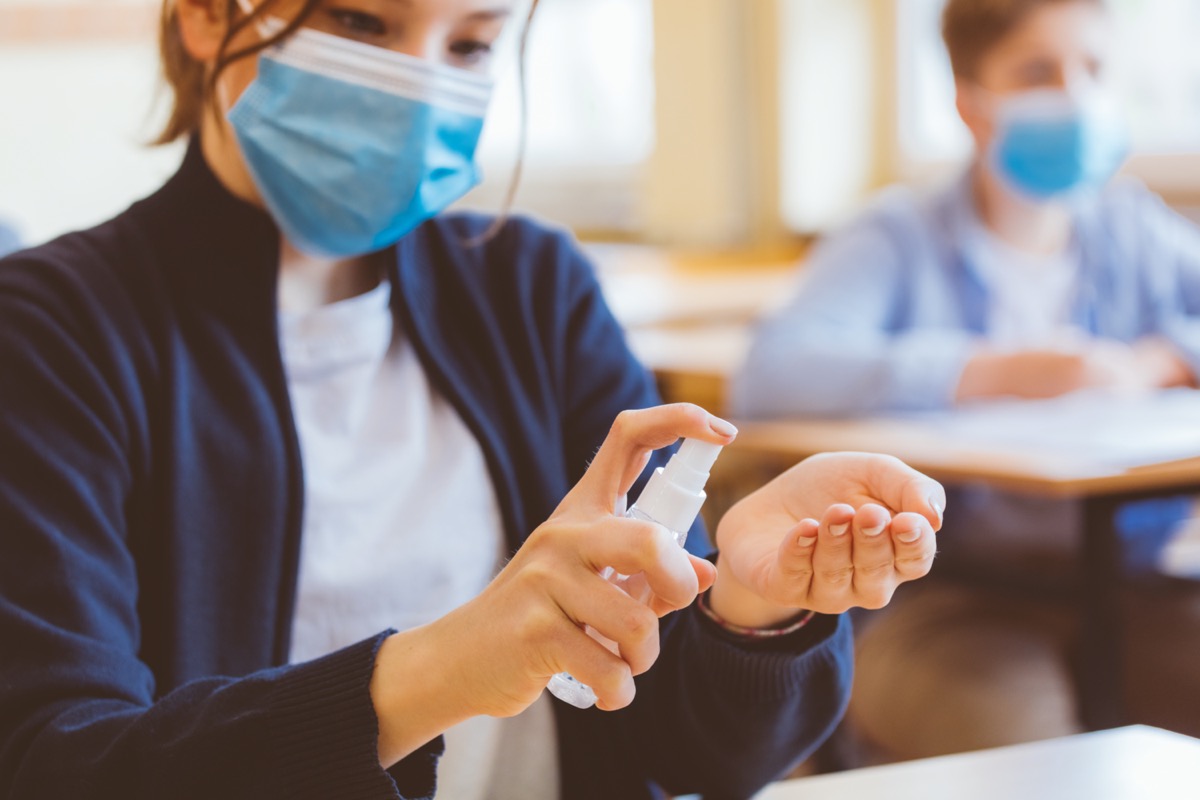Since March, a little more than 277,000 confirmed coronavirus cases have been reported in school-aged children (5 to 17 years old). And when the CDC collected data from May to September, they found that the number of children ages 12 to 17 infected with the coronavirus on an average weekly basis was twice that of children ages 5 to 11, according to the report released on Sept. 28. This data “suggests that young persons might be playing an increasingly important role in community transmission,” the CDC researchers wrote their study. The CDC also previously suggested that children may play a larger part in the spread of coronavirus than previously thought when they released an August report based on a superspreader event that took place among children at sleepaway camp in Georgia this July. And although other previous research has suggested that children are unlikely to get infected with the coronavirus, the new CDC report shows that the age of a child may matter. This is backed up by a recent JAMA Pediatrics study from Sept. 25, in which researchers reviewed multiple studies worldwide and concluded that younger children are about half as likely as adults to become infected with the virus. But they found that children older than 14 may be just as likely as adults to contract COVID—which means not all children are as safe as previously thought. RELATED: For more up-to-date information, sign up for our daily newsletter. “I think we need to consider the older adolescent group, over the age of 15, as an adult, because they have similar social patterns,” Muge Cevik, MD, clinical academic fellow in infectious diseases at the University of St. Andrews, told The New York Times. “Also, they have potentially much larger networks, compared to adults.” This opportunity for “larger networks” is especially troublesome as much of the country has these school-aged children returning to school, leading older adolescents to be in high school classrooms or beginning their journeys on college campuses. A Chinese study published in Science back in May reached the conclusion that children were only a third as susceptible to the coronavirus as adults were. However, that was at a time when schools were either online or not in session for the summer. The researchers for that study found that when schools were open, children actually had three times as many contacts as adults, as well as three times as many opportunities to become infected—which essentially evened out the risk between kids and adults. And for more on how your kids could be transmitting coronavirus, these are The Most Likely Ways Kids Can Spread COVID at School, Experts Say.ae0fcc31ae342fd3a1346ebb1f342fcb
